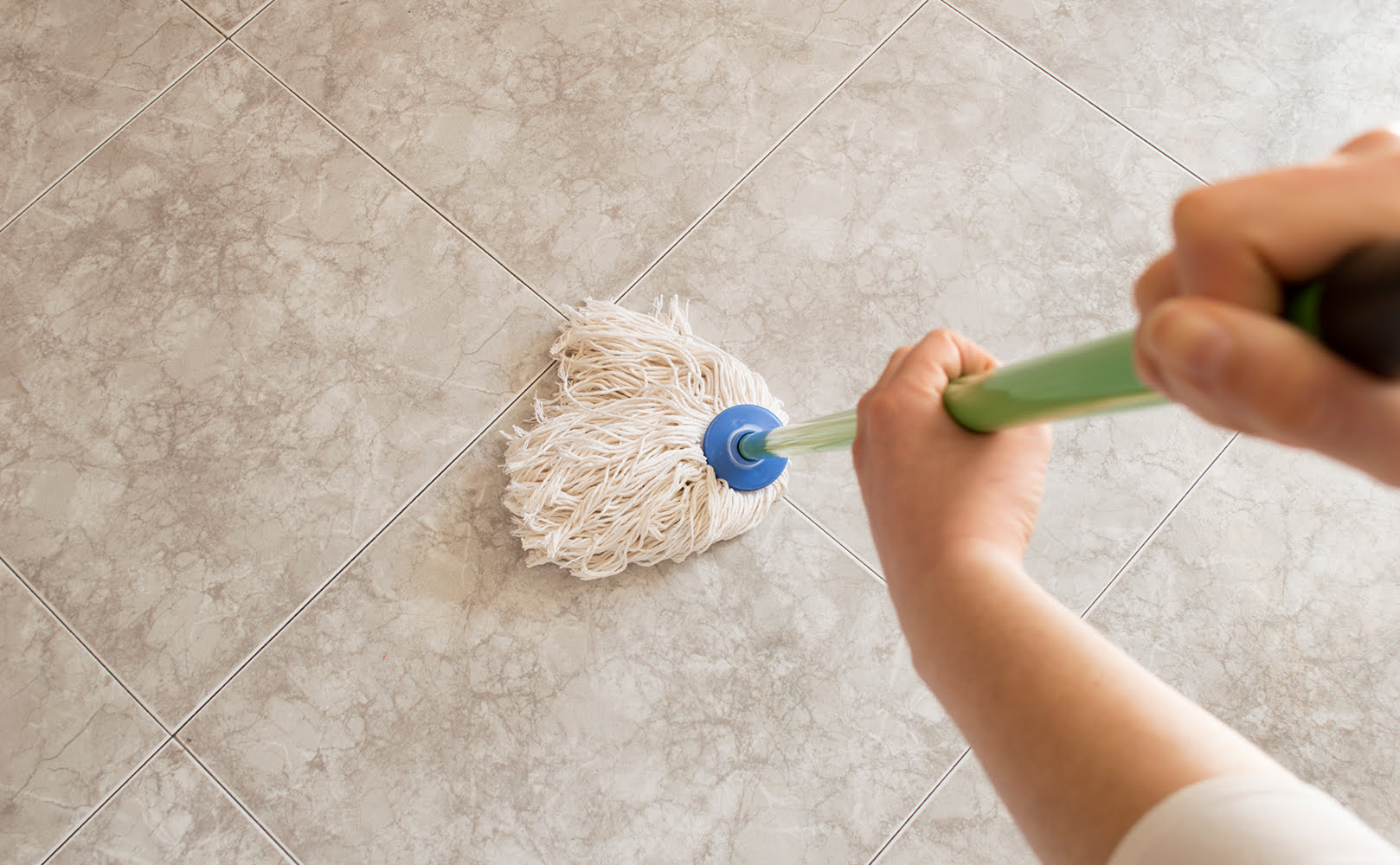Can RO Waste Water Be Used for Plants? Let’s Find Out!
Written by: Alexandra Uta // Last Updated: Feb 22, 2023
This page may contain affiliate links. If you buy a product or service through such a link we earn a commission at no extra cost to you. Learn more.
A reverse osmosis process filters out water’s impurities by pushing it through a semipermeable membrane.
This creates two kinds of water: Purified water which is safe for drinking, and waste water which contains a high concentration of dissolved solids.
This article will explore whether RO waste water can be used for other purposes, such as watering plants.
Key Takeaways
- RO waste water can be used for plants.
- However, make sure to check TDS levels before use. RO reject water can easily exceed the optimum TDS range for most plants of 500 to 1000 ppm.
- Also check that water pH is within somewhere between 5.5 to 6.5 (7.0).
Can RO Waste Water Be Used for Plants?
The short answer is yes, RO waste water can be used for plants. However, understand that using it exposes your plants to the contaminants that were filtered out of the water. Some of these contaminants can be toxic to plants, so it is crucial to consider the risks before using RO waste water for watering your plants.
For example, plants like potatoes and beans are highly sensitive to sodium, a contaminant often filtered out of water by RO systems. If the RO waste water contains high concentrations of sodium, it could cause plant yellowing and necrosis in the leaf tips in these plants.
Whether RO waste water is suitable for your plants depends on what types of plants you have and on the total dissolved solids (TDS) concentrations present in the RO waste water. Water with low TDS levels is considered acceptable for plants.
If you have any doubts, it is best to test the TDS of your RO waste water before using it for your plants.
Pros of Using RO Waste Water for Plants
The only real pro of using RO waste water for plants is that you are reusing water that would otherwise be discarded.
For reference, RO systems tend to waste as much as 4 to 5 gallons of water for every gallon filtered. By reusing this water, you help reduce water waste, save money on your water bill, and provide an environmentally friendly option for watering plants.
Cons of RO Waste Water for Plants
Unfortunately, the cons of using RO waste water outweigh the benefits.
- RO waste water contains contaminants that can be toxic to plants, so you risk exposing your plants to potentially harmful chemicals if you use this water on them.
- The process of saving waste water for plants is also a hassle. You would have to collect and store the waste water and have it tested for TDS levels before using it. This is a lot of extra work that may not be worth the effort if you have access to other water sources.
- The contaminants in the waste water might get absorbed into the plant tissue which could be a problem if you are growing vegetables/fruits
Optimum TDS and PH Water Levels for Plants/Gardening
Most plants thrive when TDS in water is around 500 to 1000 ppm. Is RO reject water somewhere within this range?
Well, it depends on the quality of the water you use for feeding your RO system, the system’s TDS rejection rate, and the system’s pure-to-waste-water ratio.
- Tap water usually has a TDS of between 100 and 300 ppm.
- And a standard reverse osmosis filter system should reject around 95 to 99% TDS producing 4 parts waste water per 1 part filtered water.
If you do the math, that means that the reject water will have a TDS of around 250 ppm – not an issue for most plants at all.
However, if your feed water’s TDS is higher to begin with – think well water – then you could end up with a higher TDS in your brine water. Same applies if your RO system has a much higher recovery rate, meaning it only wastes let’s say 20% of the input water.
At 500 TDS feed water and an 80% recovery rate, TDS in your waste water could read 2500 ppm, which is much more than the optimum and should not be used on your plants as it could cause nutrient deficiencies and leaf yellowing.
It is also important to note that different types of plants require different levels of nutrients, so you may need to adjust your watering routine accordingly.
Besides, you shouldn’t neglect water pH. Good news is, RO water is usually produced at a pH of 6 to 6.5, which is in the ideal range for plants.
Other Ways to Avoid RO Reject Water Going Down the Drain
While using RO waste water on plants is not ideal, other ways exist to repurpose gallons of waste water. Here are a few different methods to make good use of it:
Washing Your Car
Washing your car typically requires several buckets or gallons of water. Instead of wasting an extravagant amount from your hose, you can use your RO waste water to get the job done.
Washing Utensils
If you are washing utensils or kitchenware, RO waste water can be used for that purpose. You simply need to store the RO waste water in a large container and add dish soap.
Mopping the Floor
If you need to mop the floors, you can also use reject water produced by your RO system. Add a few drops of liquid detergent, and then mop away!
However, note that high TDS levels can stain the floor, so check before use. If the concentration is high, you can dilute the water with some tap water.
Cleaning/Flushing Toilets
While RO waste water is unsafe for bathing, it can be used to clean and flush your toilets periodically.
After using, check whether or not the toilet surfaces have discoloration. If discoloration occurs, it may be a sign that the TDS levels are too high. Again, you can dilute the water with tap water if this happens.
Laundry Pre-Rinse
Brine water may also be fit to pre-rinse your laundry, but be mindful that high TDS levels may not be suitable for washing delicate fabrics. Proceed with caution.
Why Use RO Waste Water in the First Place?
RO systems can produce a significant amount of waste water during filtration, so it would be wasteful and environmentally irresponsible to simply discard it. If you want to save on your water bill and conserve water resources, using RO waste water for other household chores is a great way to do so.
How to Store It?
The quickest way to store RO waste water is to dump the reject pipe into buckets or a large container. However, this may be impractical, considering that some RO systems produce large amounts of waste water. This means you may have to empty the containers multiple times daily to prevent overflow.
A better solution would be to attach a tank to the reject pipe from your RO system and store it there. This way, you won’t have to worry about overflow.
Remember This Before Using RO Waste Water
As previously mentioned, repurposing RO waste water comes with risks because you’re using water that contains all the contaminants that were filtered out. Before using RO waste water for anything, consider the following:
- Determine the TDS level. If it is too high, think twice before using it on plants.
- Be mindful of the types of plants you are watering. Some plants are more susceptible to contaminants than others.
- High levels of TDS can also leave stains on your furniture and fixtures. Remember to dilute the RO waste water before using it for cleaning.
What Is Reverse Osmosis and Why Does It Waste Water?
Reverse osmosis is a process that filters out impurities from water. It pushes it through a semipermeable membrane, which traps the contaminants on one side and produces purified drinking water on the other.
Because of its filtering process, RO systems waste incoming water as “reject”, “brine”, or RO waste water. This reject water contains a high concentration of dissolved solids from the filtration process, making it unsuitable for drinking but potentially useful for other purposes.
Some RO systems with electric pressure pumps improve the pure water to waste water ratio, but there is no way to avoid generating waste water altogether.
What Does RO Water Purification Remove?
Reverse osmosis can remove a vast range of contaminants; listing them one by one would require far too much space. Generally, RO systems can remove these contaminant groups:
- Sediment
- Water disinfectants
- Disinfection byproducts
- Volatile organic compounds
- Nitrite/nitrates
- Pesticides
- Herbicides
- Heavy metals
- Metalloids
- Transition metals
- Salts & minerals
- PFAS
- Pharmaceuticals
- Microorganisms
- Overall TDS
Reverse Osmosis Waste Water Ratio
The ratio of pure water to waste water produced by an RO system depends on the system’s capabilities. Generally, RO units waste 3 to 5 gallons of water for every gallon of purified water produced.
Some modern RO systems have improved this ratio. For example, the AquaTru wastes only 20% of all input water, thanks to its booster pump.
How to Minimize Waste Water
The best way to minimize waste water is to choose an RO system with a higher water recovery rate, meaning that it produces more purified drinking water and less waste water. However, if you already own a low-efficiency RO system, you can still minimize waste water through these methods.
Optimizing Water Pressure
- The most effective way to boost water pressure and thus reduce wastage is to add a permeate, or even better booster, pump to your RO system. Such pumps can reduce waste water by 80% or more.
- And if your RO system has a pressure gauge, you can adjust the water pressure to maximize the amount of purified drinking water.
- Or you can increase the water pressure in your home’s pipes if possible.
Performing Regular Maintenance
Regular maintenance can help keep your RO system running efficiently and producing more purified drinking water. This includes changing the filters and membrane, checking for clogs, and replacing worn-out parts.
If you have any thoughts about the question, can we use RO waste water for plants, please don’t hesitate to leave a comment below!
Information provided on BOS is for educational purposes only. The products and services we review may not be right for your individual circumstances.
We adhere to strict editorial guidelines. Rest assured, the opinions expressed have not been provided, reviewed, or otherwise endorsed by our partners – they are unbiased, independent, and the author’s alone. Our licensed experts fact-check all content for accuracy. It is accurate as of the date posted and to the best of our knowledge.




